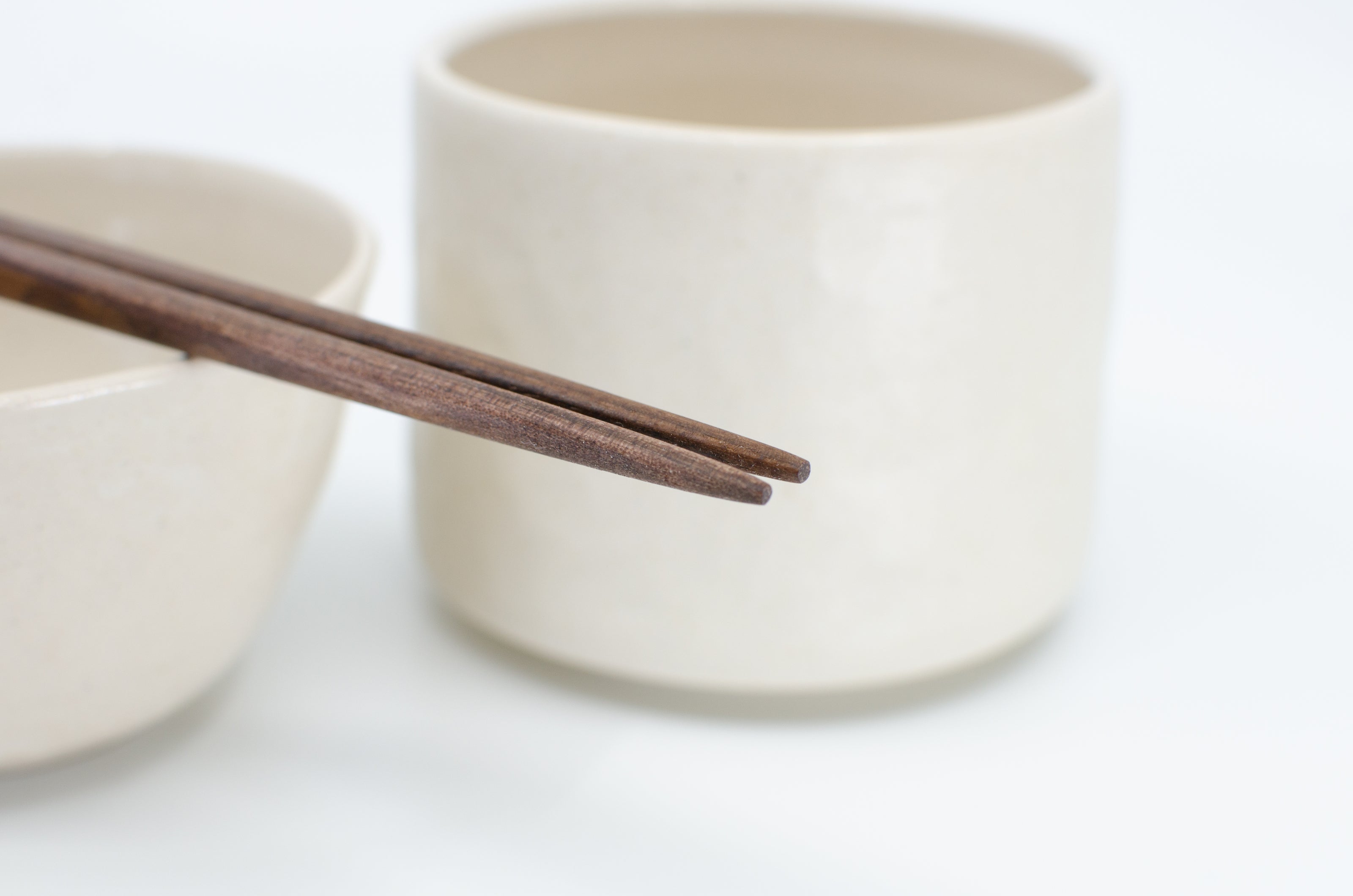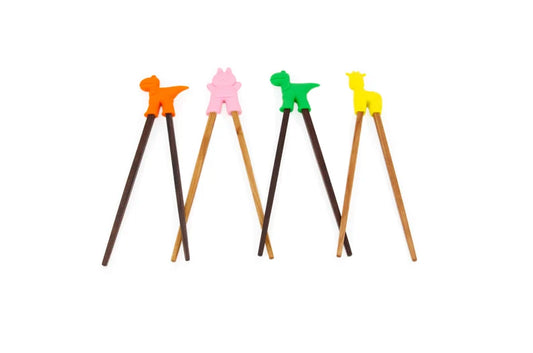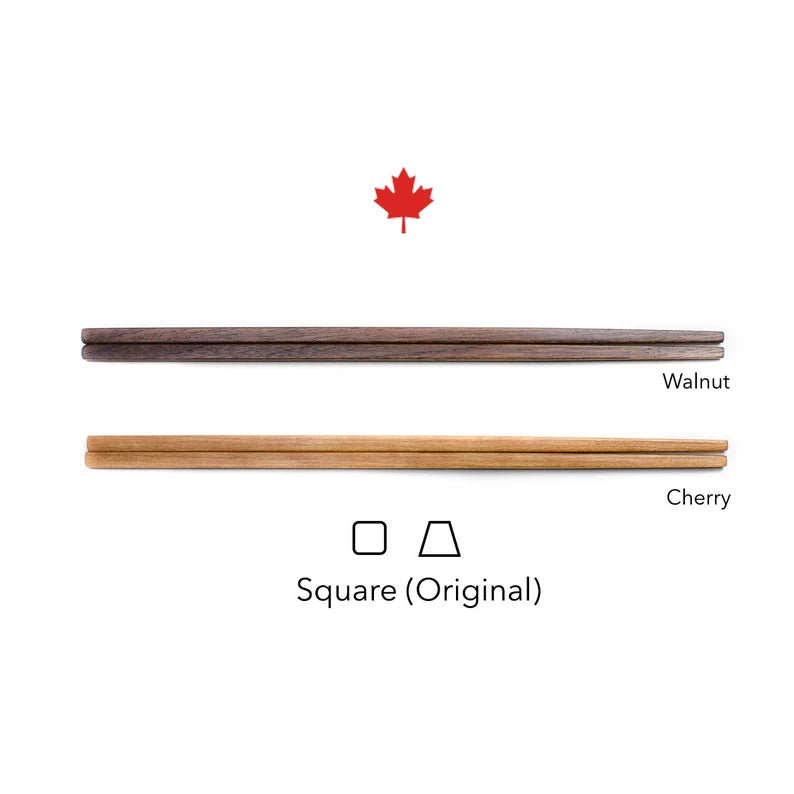Chopsticks, those slender utensils commonly used in East Asian countries, have a rich and captivating history. They are an integral part of the culinary culture, serving as tools for enjoying various delicious dishes. In this article, we will take a remarkable journey through time to explore the origins and evolution of chopsticks, shedding light on their significance and the cultural traditions associated with them.
Origins of Chopsticks:
The precise origins of chopsticks are shrouded in the mists of time, dating back thousands of years. The first known use of chopsticks can be traced to ancient China during the Shang Dynasty (approximately 1600-1046 BCE). Initially, they were primarily used for cooking, stirring pots, and serving food. The earliest chopsticks were likely made from twigs or other natural materials.
Spread to Other Asian Cultures:
As time passed, the use of chopsticks spread beyond China and became prevalent in neighboring regions such as Japan, Korea, and Vietnam. Each culture embraced chopsticks, incorporating their unique variations and etiquette. Over time, chopsticks began to hold different meanings, reflecting the values and customs of each society.
Evolving Designs and Materials:
With the passage of centuries, chopsticks witnessed significant transformations in design and material. In China, chopsticks evolved into a more refined form, becoming a symbol of social status and refinement during the Ming Dynasty (1368-1644 CE). Materials such as bamboo, ivory, and jade were used to craft elegant chopsticks adorned with intricate carvings and precious gems.
In Japan, chopsticks, known as "hashi," developed a distinctive shape and were traditionally made from bamboo or wood. Japanese chopsticks are shorter than their Chinese counterparts and often feature artistic embellishments, showcasing the country's delicate craftsmanship.
Korean chopsticks, called "jeotgarak," have a unique flat shape with a blunt end. They are commonly made of metal, typically stainless steel or silver, and offer a sturdier grip compared to other types.
Vietnamese chopsticks, known as "đũa," feature a longer and thicker design, often made from lacquered wood or bamboo. Their length is ideal for reaching deep into communal dishes, a common practice in Vietnamese dining culture.
Conclusion:
From their humble beginnings as basic utensils to their current diverse forms, chopsticks have played a vital role in East Asian culinary traditions for centuries. The evolution of chopsticks reflects the deep-rooted cultural heritage of each region. Today, with the introduction of Simpo Chopsticks, we witness a harmonious blend of tradition and innovation, further enhancing the dining experience. Whether you are a connoisseur of Asian cuisine or simply appreciate the artistry behind these versatile utensils, chopsticks continue to captivate and unite people across the globe.




